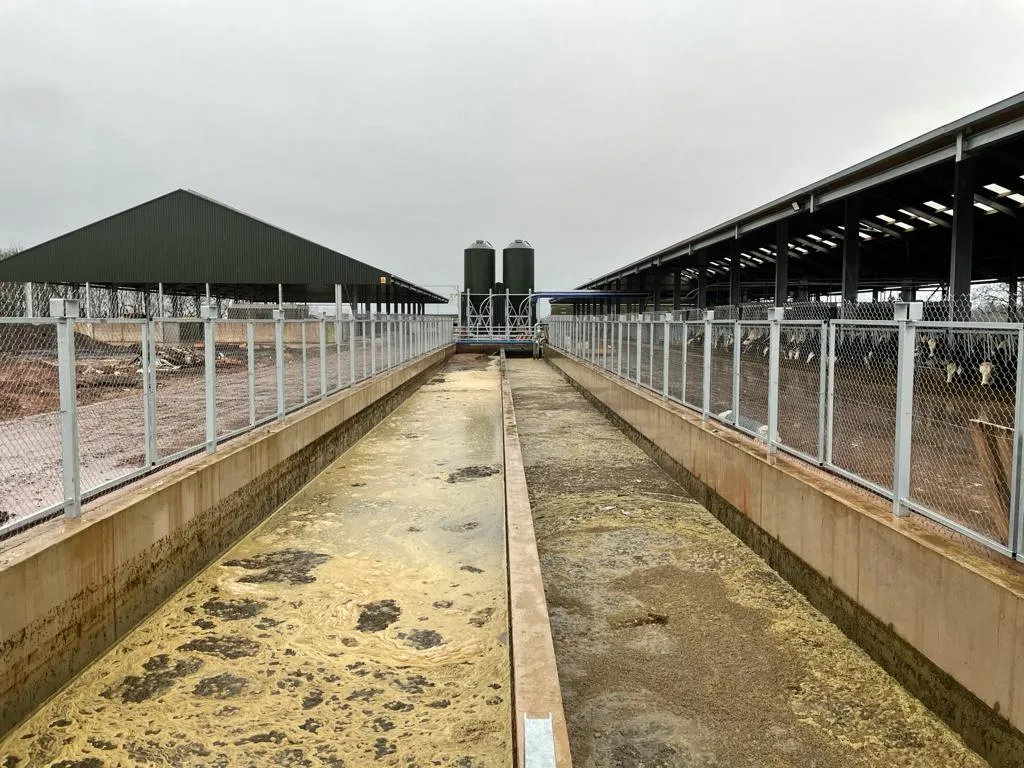- Afrikaans
- Albanian
- Amharic
- Arabic
- Armenian
- Azerbaijani
- Basque
- Belarusian
- Bengali
- Bosnian
- Bulgarian
- Catalan
- Cebuano
- Corsican
- Croatian
- Czech
- Danish
- Dutch
- English
- Esperanto
- Estonian
- Finnish
- French
- Frisian
- Galician
- Georgian
- German
- Greek
- Gujarati
- Haitian Creole
- hausa
- hawaiian
- Hebrew
- Hindi
- Miao
- Hungarian
- Icelandic
- igbo
- Indonesian
- irish
- Italian
- Japanese
- Javanese
- Kannada
- kazakh
- Khmer
- Rwandese
- Korean
- Kurdish
- Kyrgyz
- Lao
- Latin
- Latvian
- Lithuanian
- Luxembourgish
- Macedonian
- Malgashi
- Malay
- Malayalam
- Maltese
- Maori
- Marathi
- Mongolian
- Myanmar
- Nepali
- Norwegian
- Norwegian
- Occitan
- Pashto
- Persian
- Polish
- Portuguese
- Punjabi
- Romanian
- Russian
- Samoan
- Scottish Gaelic
- Serbian
- Sesotho
- Shona
- Sindhi
- Sinhala
- Slovak
- Slovenian
- Somali
- Spanish
- Sundanese
- Swahili
- Swedish
- Tagalog
- Tajik
- Tamil
- Tatar
- Telugu
- Thai
- Turkish
- Turkmen
- Ukrainian
- Urdu
- Uighur
- Uzbek
- Vietnamese
- Welsh
- Bantu
- Yiddish
- Yoruba
- Zulu
nov. . 13, 2024 14:00 Back to list
Metal Beam Construction A Cornerstone of Modern Engineering
Metal beam construction has emerged as a pivotal technique in modern engineering and architecture, reshaping the landscapes of industries and urban environments worldwide. The versatility, strength, and durability of metal beams make them a preferred choice for a variety of construction applications, ranging from residential buildings to commercial skyscrapers and industrial facilities.
The Basics of Metal Beams
Metal beams are structural elements made from various metals, most commonly steel and aluminum, due to their favorable properties. Steel beams, particularly those made from carbon steel, offer exceptional tensile strength and ductility, making them ideal for supporting heavy loads in tall structures. Aluminum beams, while lighter and easier to manipulate, also provide significant strength, making them suitable for specific applications where weight reduction is crucial.
The most common types of metal beams include I-beams, H-beams, and T-beams, each designed for specific loading and structural requirements. I-beams, shaped like the letter I, are widely used in buildings and bridges due to their efficiency in bearing loads. H-beams are similar but have wider flanges, providing greater stability and strength for heavy construction. T-beams, which resemble a T-shape, are often used in floor systems, forming part of reinforced concrete structures.
Advantages of Metal Beam Construction
1. Strength and Durability Perhaps the most significant advantage of metal beams is their superior strength-to-weight ratio. This means that engineers can design lighter structures without compromising safety. Metal beams are also resistant to various environmental factors, including moisture, pests, and fire, making them a long-lasting choice.
2. Versatility Metal beams can be customized to fit specific design needs, allowing for innovative architectural solutions. They can be prefabricated to meet precise specifications, which minimizes onsite construction time and streamlines the building process.
3. Sustainability As society grows increasingly conscious of environmental impacts, metal beam construction stands out for its sustainability. Steel, in particular, is highly recyclable, and many structures are built using recycled metal, reducing the carbon footprint of new constructions.
metal beam construction

4. Speed of Construction The use of metal beams can significantly accelerate the construction timeline. With the ability to manufacture beams offsite and quickly assemble them on-site, projects can progress more rapidly, saving time and labor costs.
5. Design Flexibility Metal beams allow architects and engineers to create complex and aesthetically pleasing structures that would be impossible with traditional materials. Their strength enables larger spans between supports, leading to open spaces and innovative designs that enhance functionality and aesthetics.
Challenges and Considerations
Despite their many advantages, metal beam construction is not without its challenges. The upfront cost of materials can be higher than that of wood or concrete, which may be a consideration for budget-conscious projects. Additionally, the welding and fabrication processes require skilled labor, and improper installation can lead to structural integrity issues.
Another consideration is the thermal conductivity of metal, which can lead to energy losses in terms of heat or cold transfer. Insulation measures must be taken into account during the design process to ensure that buildings remain energy-efficient.
The Future of Metal Beam Construction
As technology advances, the future of metal beam construction looks promising. Emerging techniques such as 3D printing with metal materials and advancements in steel manufacturing processes are poised to enhance the efficiency, cost-effectiveness, and environmental sustainability of metal beams. Additionally, innovations in coatings and treatments can further improve the longevity and performance of metal structures.
In conclusion, metal beam construction stands as a testament to modern architectural and engineering achievements. With their strength, versatility, and sustainability, metal beams continue to play an essential role in shaping the infrastructures of our cities and communities, ensuring that they meet the demands of today and the challenges of tomorrow. As the industry evolves, it is clear that metal beams will remain a cornerstone of construction for years to come.
-
Cold Formed Steel Residential Framing
NewsMay.21,2025
-
Innovative Steel Structure Building Solutions
NewsMay.19,2025
-
Innovative Prefab Metal Shed Solutions
NewsMay.19,2025
-
Durable Steel Horse Shelter Solutions
NewsMay.19,2025
-
Durable Metal Shed Solutions
NewsMay.19,2025
-
Durable Big Metal Shed Solutions
NewsMay.19,2025
Products categories
Our Latest News
We have a professional design team and an excellent production and construction team.












